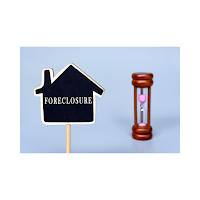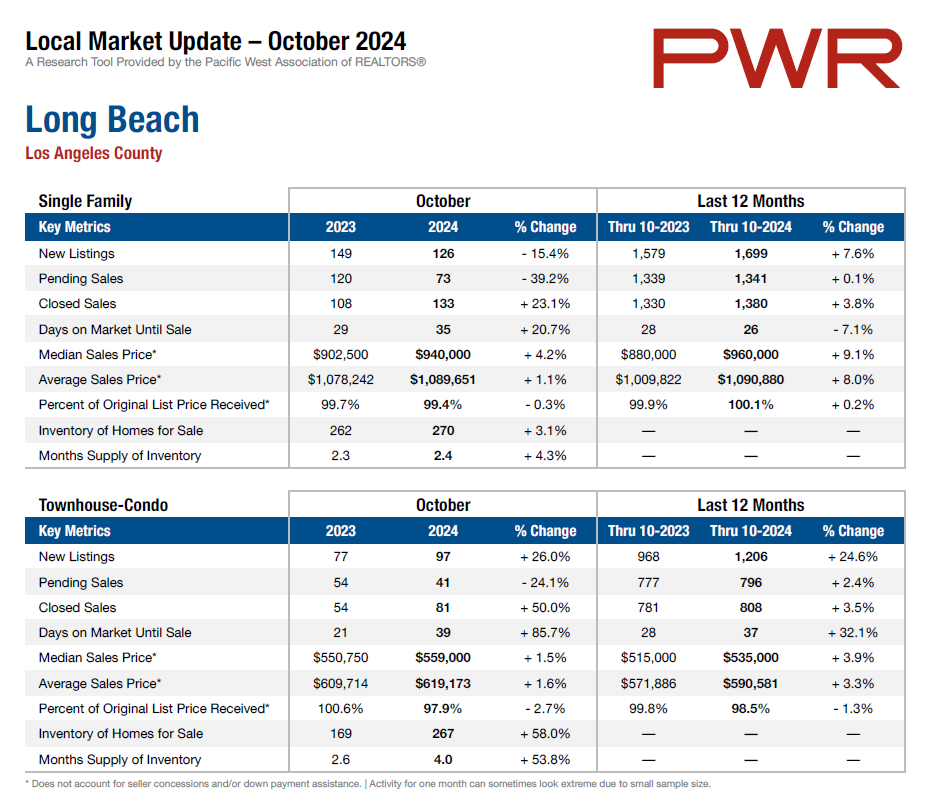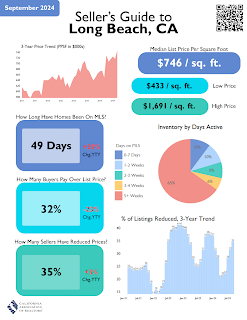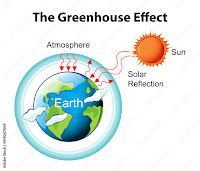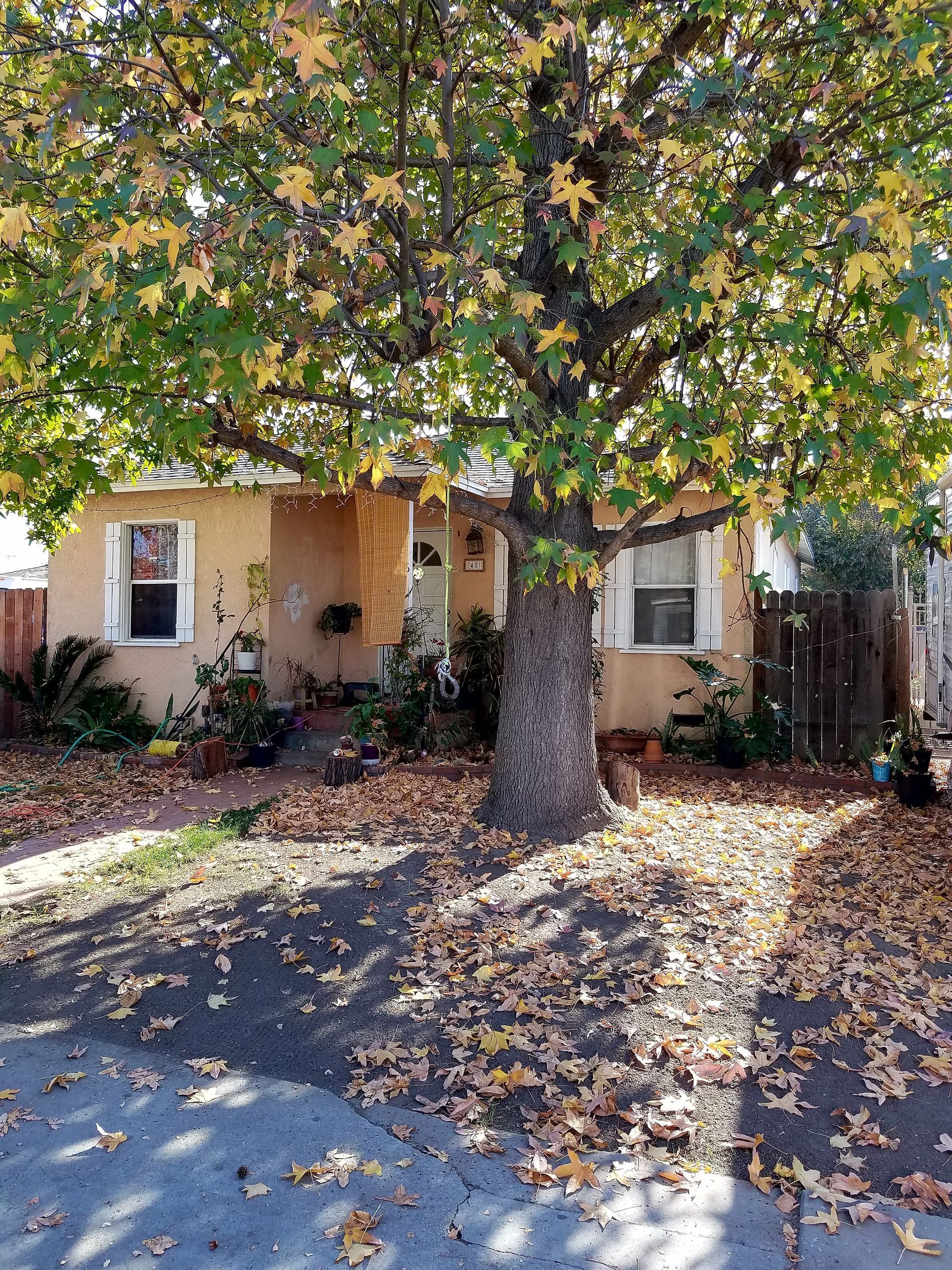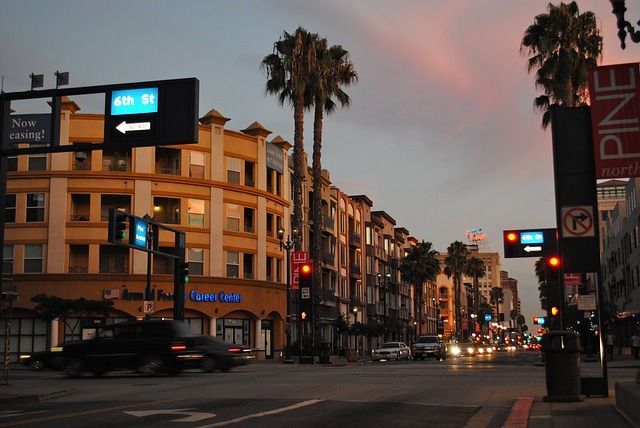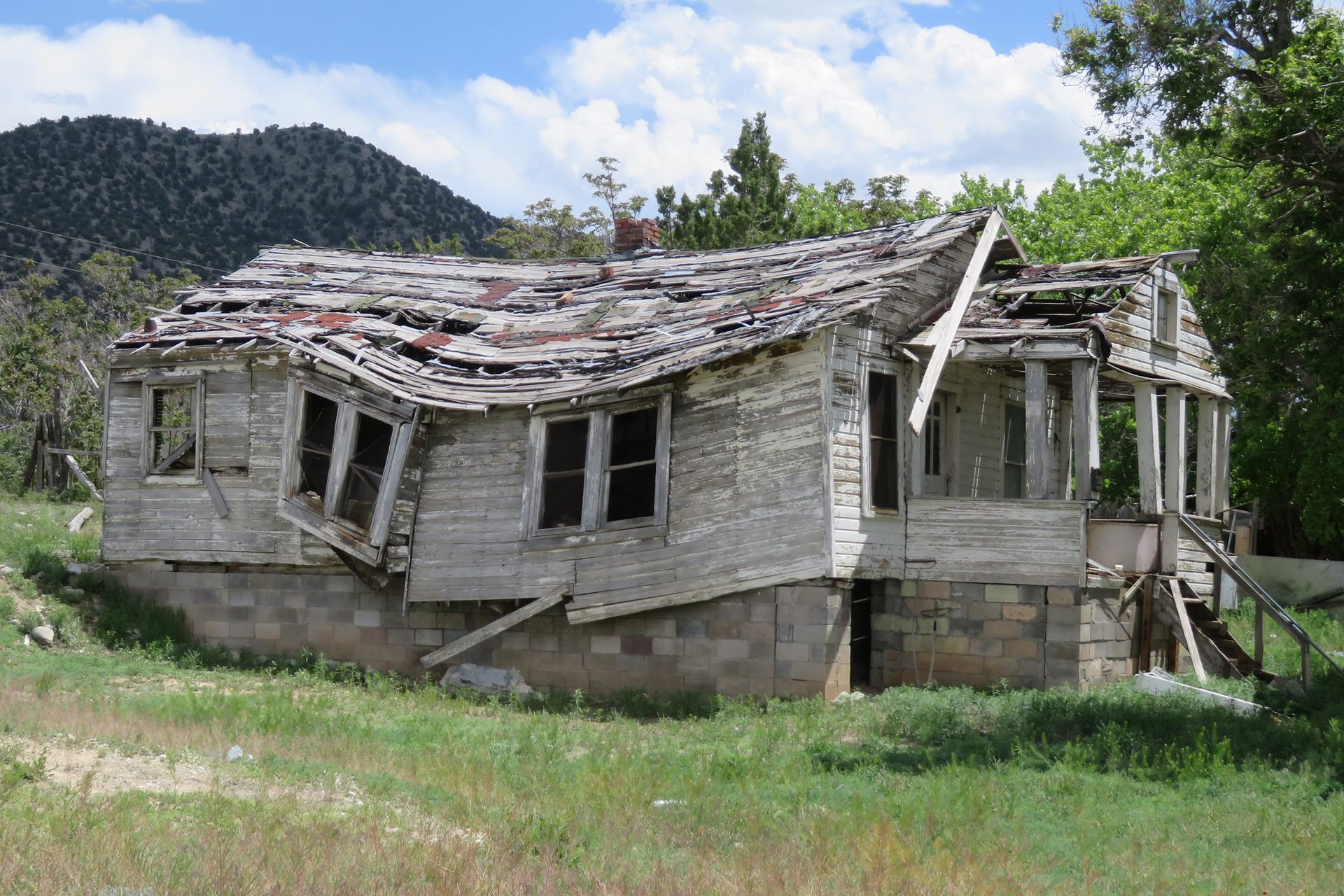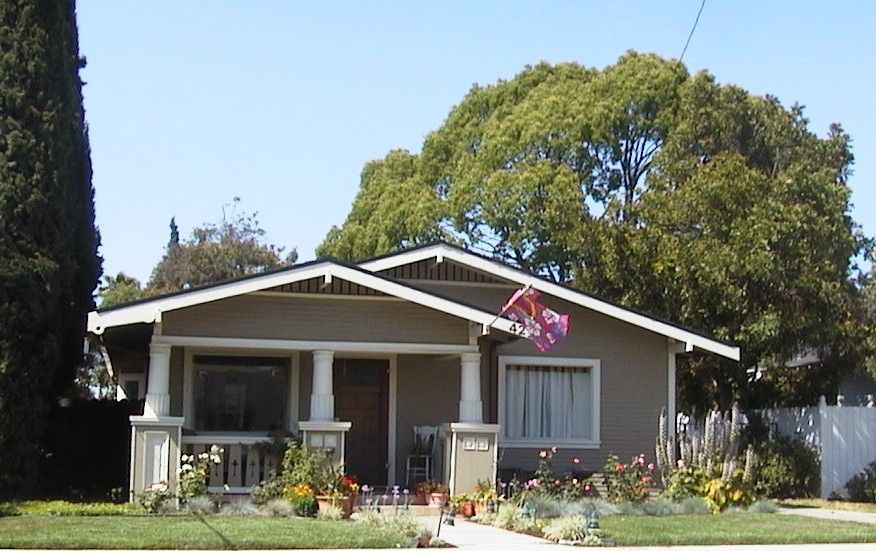Electrification Costs to Consumers to Reduce GHG Emissions
Building emissions stem from direct and indirect sources:
Direct emissions
come from
•
Combustion of fuels for heating and cooking
(gas stoves, gas heaters).
•
Gas leaks (gas lines in buildings, unlit pilot lights).
•
Hydrofluorocarbon (HFC) leaks (from refrigerators and
other compressor-based systems for space conditioning
and water heating, during use and disposal).*
Indirect emissions
come from generation of the electricity
used in buildings.
According to the California Building Decarbonization Assessment, Californians can reduce emissions by:
"Expanding use of efficient electric heat pumps.
•
Investing in weatherization and electrification
of existing buildings.
•
Reducing refrigerant leakage
.
•
Planning for and promoting substitutes for natural
gas in existing buildings, primarily electricity; considering
renewable gases where available at reasonable cost.
"
There are 7 ways to decarbonize a building as outlined under this program through the California Energy Commission:
1. Replace gas-fueled appliances with efficient electric alternatives.
2. Continue decarbonizing electricity by growing the low-carbon share
of the generation portfolio.
3. Foster energy efficiency through incentive programs, appliance
standards, building standards, research, and financing.
4. Transition to using better refrigerants and reduce associated leakage
5. Grow distributed energy resources such as rooftop solar
photovoltaic (PV) and onsite battery storage.
6. Decarbonize the gas system by displacing natural gas
with
renewable gas produced from carbon-free electricity
or existing waste streams.
7. Give building owners and occupants incentives to shift their
electricity use in response to the timing of energy costs, GHG
emissions intensity, or electricity grid emergencies.
So what can consumers do? Californians should start looking now at what will be an additional investment in their homes. Millions of single family homes (which are almost 90% of owner-occupied housing) were not built to be electrified, and will need substantial changes including solar panels, amp volt changes, new appliances, and professional installation. And this will come at a cost in order to retrofit single-family homes and units in multi-family structures.
Cost per housing unit for a pre-1978 home retrofit is estimated as follows:
San Francisco $34,790
San Jose $36,500
Sacramento $29,000
Los Angeles $34,000
This Residential Building Electrification in California study outlines in explicit and lengthy detail the aspects of appliances, water heaters, refrigerators, utility gas and heating features of home which will need to be changed out in time.
Julia Huntsman, REALTOR, Broker | http://www.juliahuntsman.com | 562-896-2609 | California Lic. #01188996
Your Market Info
